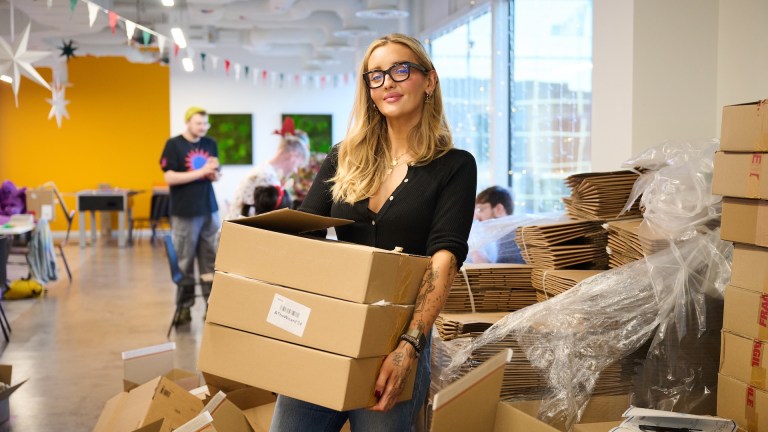It’s maddening that it took a global health emergency of world-changing proportions to force a proper conversation about how we work. Suddenly that need for change had become incontrovertible, and understanding how we work and live was no longer on the fringes.
The pandemic revealed a capacity for change that individuals and businesses had massively underestimated. It accelerated changes that were already underway, embedded in transformation programmes that corporations had claimed would take years to be brought to reality, and while businesses had to rapidly adapt, so did we.
The problem was this ‘new way of working’ was riddled with the same problems and mindsets as before.
Millions of workers across the country before the pandemic were experiencing burnout, anxiety and depression. The number of self-employed was at an all-time high, driven by groups that included people living with disabilities, highly skilled women who had left the workplace and black people.
One of the biggest myths is that where we work defines us
These statistics flag the fact that these groups weren’t enjoying the traditional workspace. Some of the challenges we faced were only exacerbated by the pandemic. I’m an optimistic pessimist. You have to understand the exasperation to spark change, but you also have to have hope to see that there are loads of gains to be made during this time.
Obviously, what we have experienced during the last year is not a flexible working utopia by any means. But we’ve all been in this experiment where via Zoom we’ve been able to look through people’s keyholes and we were reminded that people are humans, not just a name on an email. Now, I feel like we’re more appreciative of each other. That’s a reason to be optimistic and to make sure that we don’t lose this level of connection.









